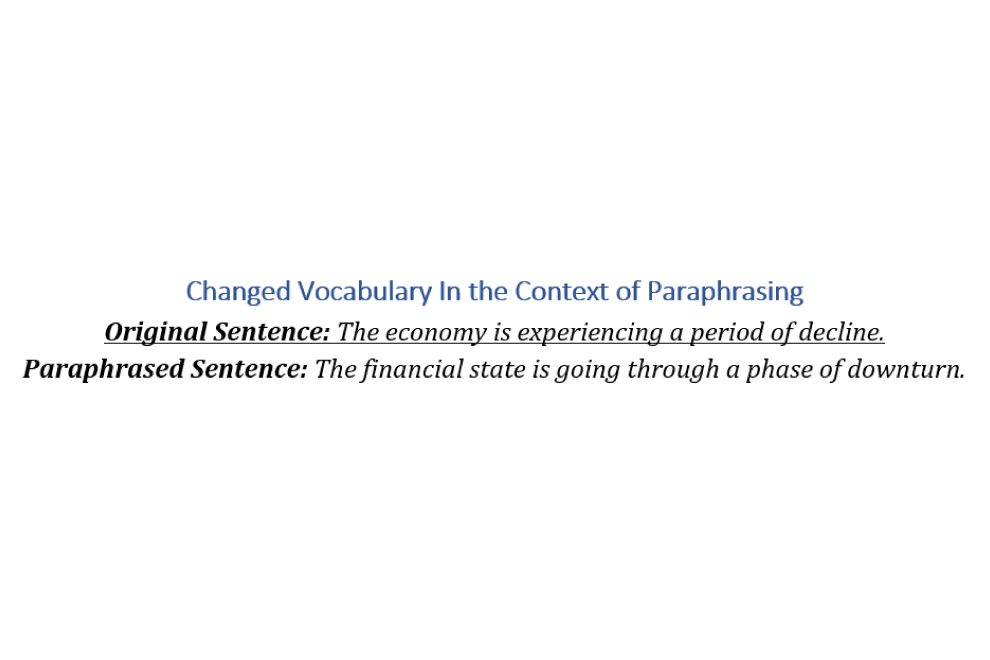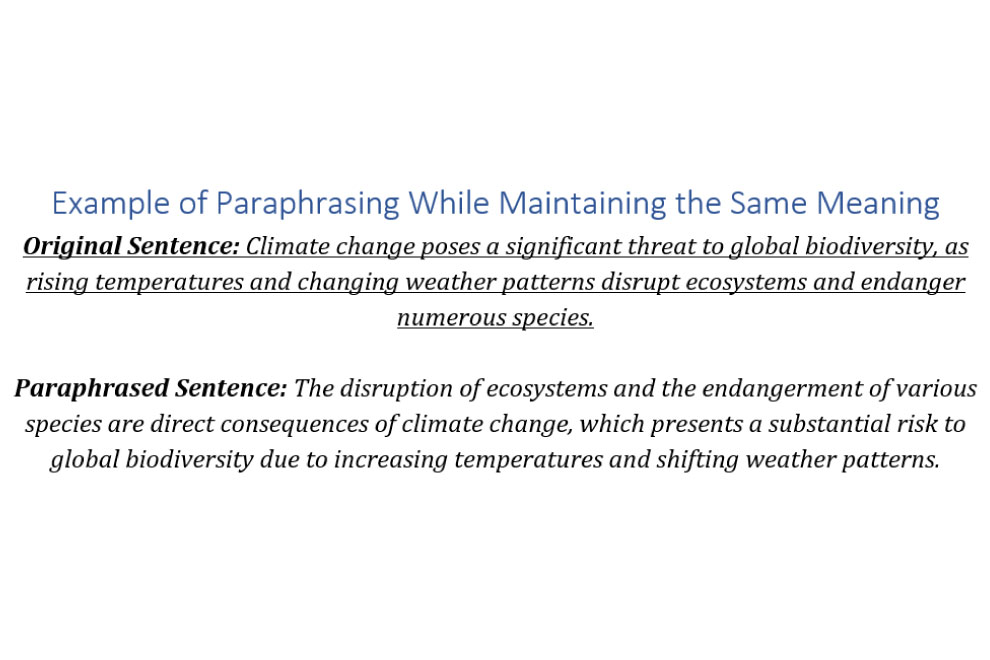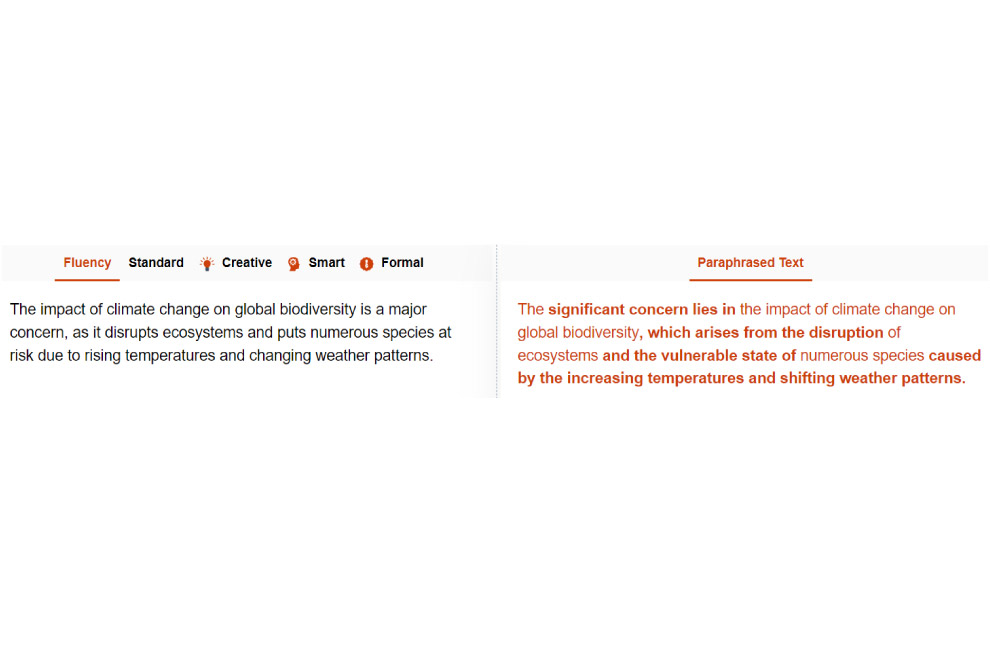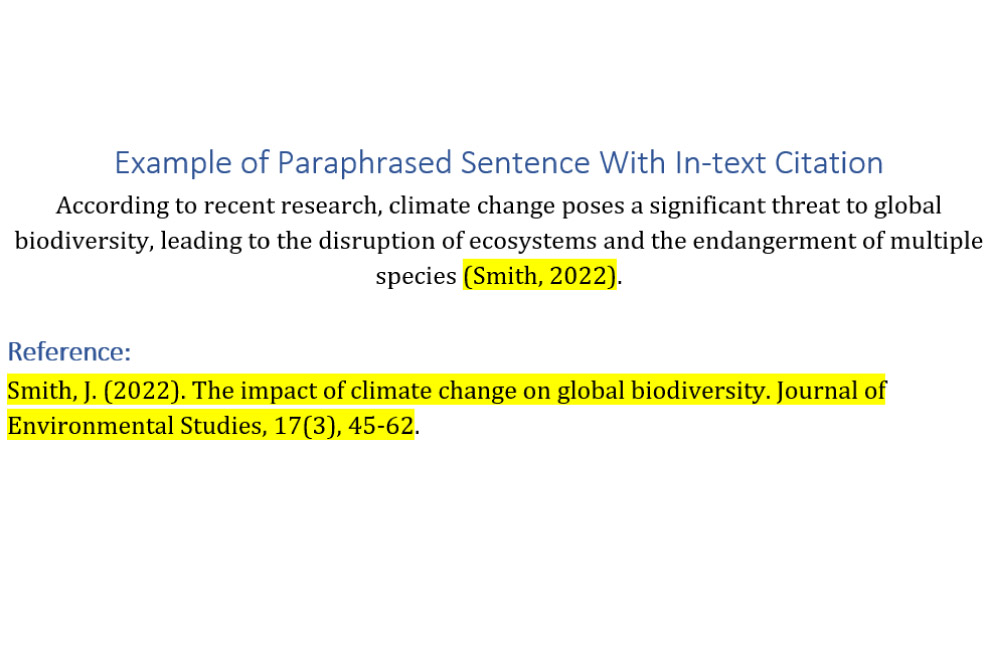“A restatement or rewording of a paragraph or text, in order to borrow, clarify, or expand on information without plagiarizing” (Paraphrase: Definition and Examples | LiteraryTerms.net, 2016).
This means that when you paraphrase the text, you borrow the wording from someone else to improve its clarity or add more explanation.
These benefits of paraphrasing will only be possible if someone knows how to implement the art of rephrasing. But if you don’t know how to paraphrase the text, this blog post is for you.
Here, we’ll illustrate the art of paraphrasing with practical implementation. And while practical implementation, we’ll also showcase how you can prevent the threat of plagiarism in the paraphrased text. So, without wasting any time, let’s delve into this discussion.

1. Use Thorough Reading to Understand the Original Text
One of the first steps toward successful paraphrasing of any text is understanding that piece of text. This means you won’t be able to paraphrase something successfully without correctly understanding it. Therefore, spend some time understanding the text before rephrasing it. And for that, you can thoroughly read it.
When thoroughly reading, try to understand the text’s context instead of memorizing the actual words. This way, you will be able to achieve the true purpose of paraphrasing. Now, understanding text context might not be possible with one-off reading. And if that’s the case, you must read it several times.
Thus, once you’ve understood the text’s true meaning, you can move to the next step.
2. Use Various Paraphrasing Techniques
We are assuming that you’ve performed and completed one essential prerequisite to paraphrasing, which is getting an understanding of the original text. So, let’s delve into the second step, which is the phase where actual rephrasing happens.
When it comes to explaining something in order to bring conciseness or increase its clarity, there are multiple ways to do it. For instance, you can
- Change the vocabulary. But if you don’t know any big words, you can take assistance from a thesaurus.
- Increase or decrease the sentence’s length while modifying its wording.
- Use a different order for the sentences of the paragraphs.
Here are some pictures that illustrate how all these steps will look upon practical implementation in the context of paraphrasing:



Thus, don’t just rely on one strategy to rephrase the text. Instead, use the combination of all these steps in order to achieve effective results.
Pro Tip: Don’t look at the original version while writing the paraphrased version. That’s because doing so will increase the likelihood of using the same wording and order of sentences or words in the rephrased form.
3. Keep the Meaning of the Original Text Intact
As the definition of paraphrasing indicates, it is essential to maintain the same text context in order to paraphrase it successfully. And that’s what the third step of this guide indicates.
Whether you’re modifying the vocabulary and order of words while paraphrasing a sentence or changing the order of sentences for rephrasing a paragraph, maintaining the exact meaning is essential. Otherwise, you will ruin the essence of paraphrasing.
Thus, once you’ve explained an existing idea in your words, check if it conveys the same meaning. If yes, then well and good. Otherwise, you will have to rewrite the paraphrased version in a way that shares the same sense.

Note: We recommend getting a third person’s opinion to ensure the rephrased version conveys the same meaning.
4. Compare the Paraphrased Form With the Original Version for Similarity
Once you’ve written the paraphrased form and identified that it conveys the same meaning, you need to recheck it. But this time, the rechecking will be related to the wording of the rephrased text.
Thus, check if the wording of the paraphrased text looks similar to the original version. And if it does, you will have to rewrite it. Otherwise, the rephrased form will be considered plagiarism. But if the wording of the paraphrased text looks unique while conveying the same meaning, you can move to the next step.
5. Take Assistance From the Best Paraphrasing Tools
Technology can also assist in paraphrasing text with the help of AI paraphrasing tools. So, if you have trouble rephrasing any text on your own, you can take assistance from an AI rephraser tool, which is the fifth step of this guide. But how can such tools assist in paraphrasing the text?
They work on Natural Language Processing (NLP) and Generative Pre-trained Transformer (GPT) technologies to rephrase the text. NLP is the branch of artificial intelligence that assists computer software in understanding human-written text. On the other hand, GPT is OpenAI’s language model that helps generate the rephrased form of the entered text like humans. That’s because this language model has been trained on the vast datasets or writing patterns of humans.
Thus, with the help of NLP, AI tools keep the context intact, whereas GPT assists such tools in writing the text as humans. And here is a picture that illustrates how an AI rephrasing tool can rephrase the text:

Note: AI tools cannot always produce perfect output despite working on advanced technologies. So, you will have to process the text multiple times in such a situation.
6. Don’t Forget to Cite the Source of the Original Information
No doubt that you use your own words while paraphrasing a sentence or paragraph. But this doesn’t mean the paraphrased text becomes yours when you use your own words. Therefore, citing the original text source is essential even after rephrasing. And that’s what the sixth step of this guide indicates.
Once you’ve successfully explained existing information in your words to paraphrase it, you have to cite the reference of the original material. And for that, you can take assistance from the citation style of your choice or specified in your paper’s instruction. Here is an example of how references in various citation styles look like:




Thus, once you’ve picked a citation style, use the following steps:
- Mention the in-text citation first, right after the paraphrased version.
- Then, include its complete source at the end of the document in the form of the selected citation style.

By doing that, you will prevent the threat of plagiarism.
7. Don’t Use Double Quotes to Write the Paraphrased Form

Some people use double quotations for writing the paraphrased form. But doing that ruins the essence of paraphrasing. That’s because double quotes are only allowed when you want to include the exact wording from a source. And such a situation is only required if paraphrasing something ruins its essence, such as rephrasing a quotation or famous saying.
Thus, if you want to include a famous saying or quotation in your work, we recommend using double quotes and citing its reference instead of paraphrasing. Doing so will keep the quality of that particular saying or quotation intact. Here is a picture that illustrates the use of double quotes along with its citation:
Conclusion
All in all, you can only successfully paraphrase the text if you completely understand it. Therefore, before beginning to rephrase something, we recommend reading it thoroughly. And once you’ve understood what the original text wants to convey to its readers, you can focus on changing the vocabulary, modifying the sentence structure by changing the order of words and increasing or decreasing the length of sentences.
Also, don’t forget to cite the original text source. That’s because even if you explain an existing idea in your words, you still don’t become the owner of that information.
ALSO READ: Top Best Models and Methods for Creating a Quality Essay












